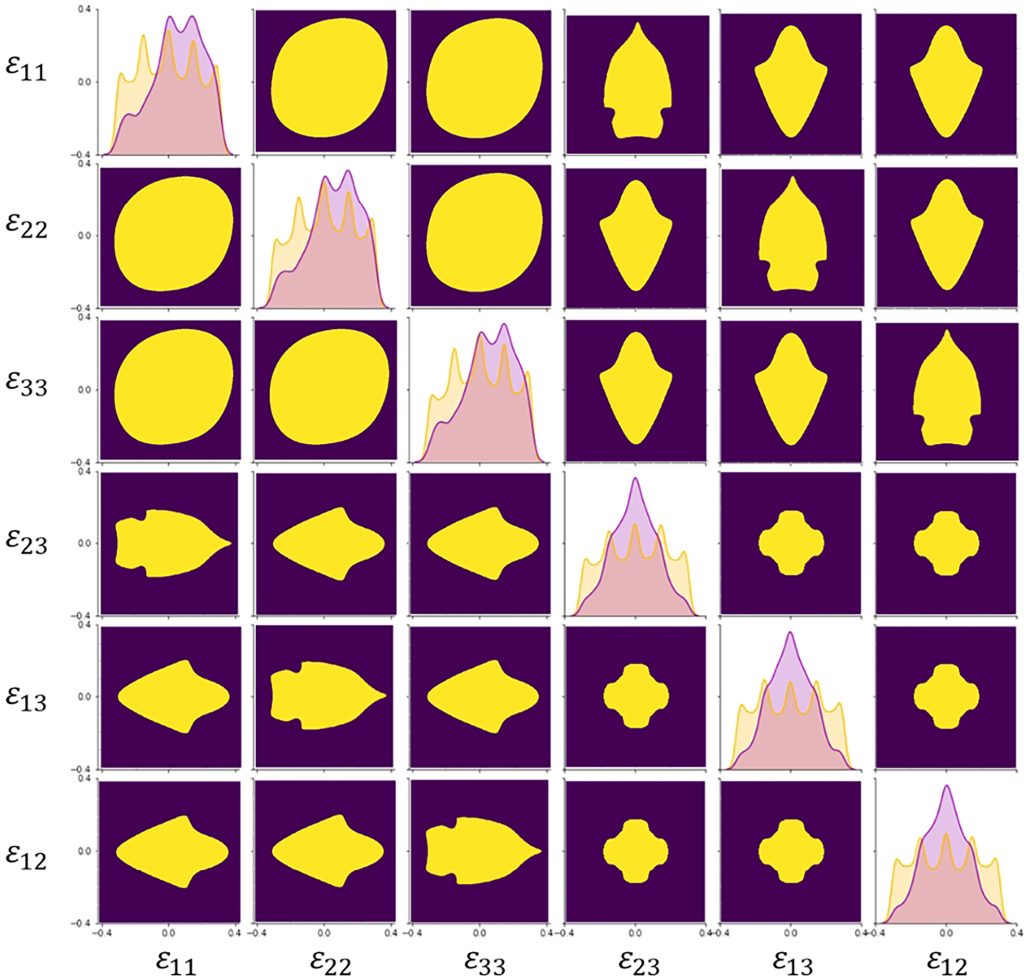MIT researchers have proposed a method that combines first-principles calculations and machine learning to address the challenge of computationally expensive and intractable calculations required to understand the thermal conductivity of semiconductors, specifically focusing on diamonds. While diamond is known as an excellent thermal conductor, understanding how its lattice thermal conductivity can be modulated through reversible elastic strain (ESE) remains a complex problem. The method seeks to predict the strain hypersurface where phonon instability occurs and effectively modulate the thermal conductivity of diamonds through deep ESE.
Traditionally, first-principles calculations have been employed to understand phonon band structure and related properties. However, these methods are computationally expensive and may not be suitable for real-time computation. The proposed approach involves utilizing neural networks to capitalize on the structured relationship between band dispersion and strain. To get good predictions of phonon stability, density of states (DOS), and band structures for strained diamond structures, the researchers use data from ab initio calculations to train machine learning models.
The methodology involves first calibrating computational results against experimental values for undeformed diamonds. About 15,000 strain points are then collected using Latin-Hypercube sampling and put into ab initio calculations to get different properties for each deformed structure. Density functional theory (DFT) simulations are employed for structure relaxation, and the Green-Lagrangian strain measure is used. The phonon calculations are carried out based on density functional perturbation theory (DFPT). A variety of machine learning models, such as fully connected neural networks and convolutional neural networks, are trained to make predictions regarding phonon stability, DOS, and band structures for a variety of strain states.
The performance of the models is enhanced through synergistic data sampling and active learning cycles. In addition, molecular dynamics (MD) simulations are utilized to compute a diamond’s thermal conductivity. This serves to provide qualitative validation of the trends that have been observed.
In conclusion, the paper presents a novel approach to understanding and modulating the thermal conductivity of diamonds through reversible elastic strain. By leveraging machine learning models trained on first-principles calculations, the researchers can predict phonon stability and related properties for strained diamond structures. This method offers a computationally efficient way to explore the complex relationship between strain and thermal conductivity, opening up opportunities for customizing device performance and optimizing figure-of-merit in semiconductors.
Check out the Paper and Blog. All credit for this research goes to the researchers of this project. Also, don’t forget to follow us on Twitter. Join our Telegram Channel, Discord Channel, and LinkedIn Group.
If you like our work, you will love our newsletter..
Don’t Forget to join our 40k+ ML SubReddit
The post This AI Paper from MIT Offers a Guide for Fine-Tuning Specific Material Properties Using Machine Learning appeared first on MarkTechPost.
Source: Read MoreÂ

